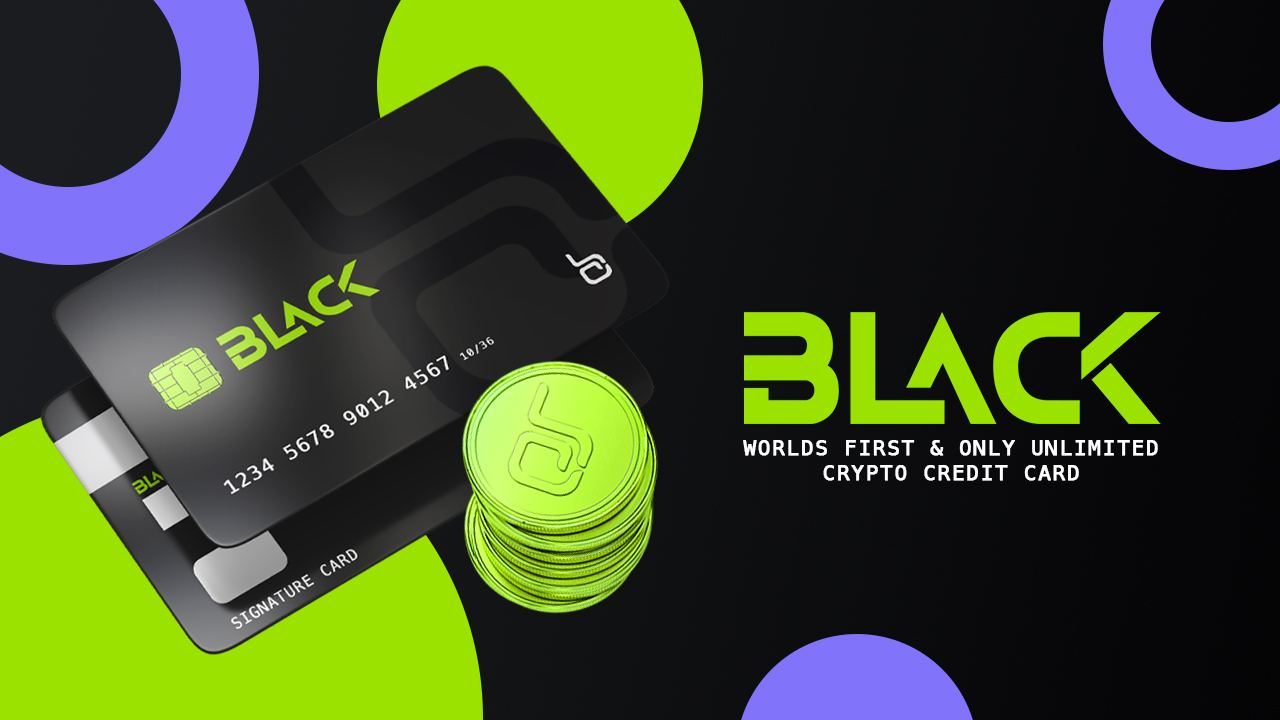Because of this, Kusama (KSM) will change the crypto landscape
Kusama is a one-of-a-kind project that has drawn a lot of attention in recent months largely due to its unique design feature and forward-thinking ecosystem.
The project can be seen as a successful version of polkadot. The platform is used to test projects so that they can test scalability and interoperability before they are finally published on the Polkadot network.
Why Kusama?
To be clear, Kusama significantly lowers many of the barriers to entry for early-stage projects, especially those that are quite innovative in their design but still have a high level of experimentation and therefore may not be ready for large-scale deployment.
In other words, this type of platform serves as the precursor to Polkadot, on which developers can test and test a new blockchain or application before it is released.
Another important aspect of the project is that all official Polkadot updates are also tested in the Kusama ecosystem before being made available to the public.
The difference, however, is that, unlike Polkadot, Kusama is quite flexible and offers developers flexibility, mostly on less stringent governance parameters.
From a design perspective, Kusama is largely similar to Polkadot, the project is even known as the Polkadot Canary Network. Both platforms use two separate blockchains, i.e. the main network and the user-generated network (called parachain).
While all transactions that take place on the main chain are immutable and final, actions on the paracet can be customized according to the many different use cases for which they are used.
Essentially, one of the main benefits that Kusama offers its growing list of supporters is that it allows Polkadot projects to make a name for themselves and gain a huge amount of community attention and attention before they are finally up and running .
This is how Kusama rewrites Regulations
As mentioned earlier, Kusama uses modified management parameters that allow him to work four times faster than Polkadot. However, there are also some differences in how the two ecosystems work.
For example, KSM token holders have 7 days to vote on referenda, after which the issuing period is 8 days. On the other hand, Polkadot offers token holders a voting period of 28 days, followed by another 28 days of issuance.
In addition, Kusama offers investors attractive returns in terms of financial opportunity. KSM holders can, for example, use coins to generate a relative annual return of up to 20% on their investments.
However, this rate largely depends on the percentage of coins the person has wagered on the network, so it fluctuates quite a bit.
In addition, the prospect of Parachain is also very interesting when studied carefully. Essentially, these are separate Layer 1 blockchains that can run in conjunction with the Kusama ecosystem, maintain a connection to the central relay chain, thus enabling a high level of security while significantly increasing the scalability, scalability and interoperability of the platform improve.
In terms of interoperability, parachains can provide seamless compatibility with ecosystems such as Bitcoin and Ethereum through the use of cross-network bridges. This makes it possible to send any type of data / content seamlessly on two separate platforms.
Future prospects
KSM has shown solid financial momentum over the past few months, with its value rising from $ 66 to $ 424 in the past 90 days, an increase of more than 600%. As a result, Kusama was able to master many prominent projects such as Tezos, NEO, NEM.
Additionally, the upcoming Parachain auction in Kusama is attracting a lot of attention from the global crypto community, as evidenced by the fact that Acala Network recently became the first project to win an auction. The project currently aims to issue its own US dollar-pegged stablecoin (called the Acala dollar) on the Polkadot network.
Ultimately, it looks like Kusama’s use cases will continue to grow in the long run, especially since it serves as the perfect entry point for Polkadot users. Kusama allows users to try innovative features and make sure everything is working properly before moving to the mainnet.
Now it remains to be seen what will bring this project further in the future.
At home at home
According to Cryptoslate
Follow the Youtube Channel | Subscribe to telegram channel | Follow the Facebook page




















